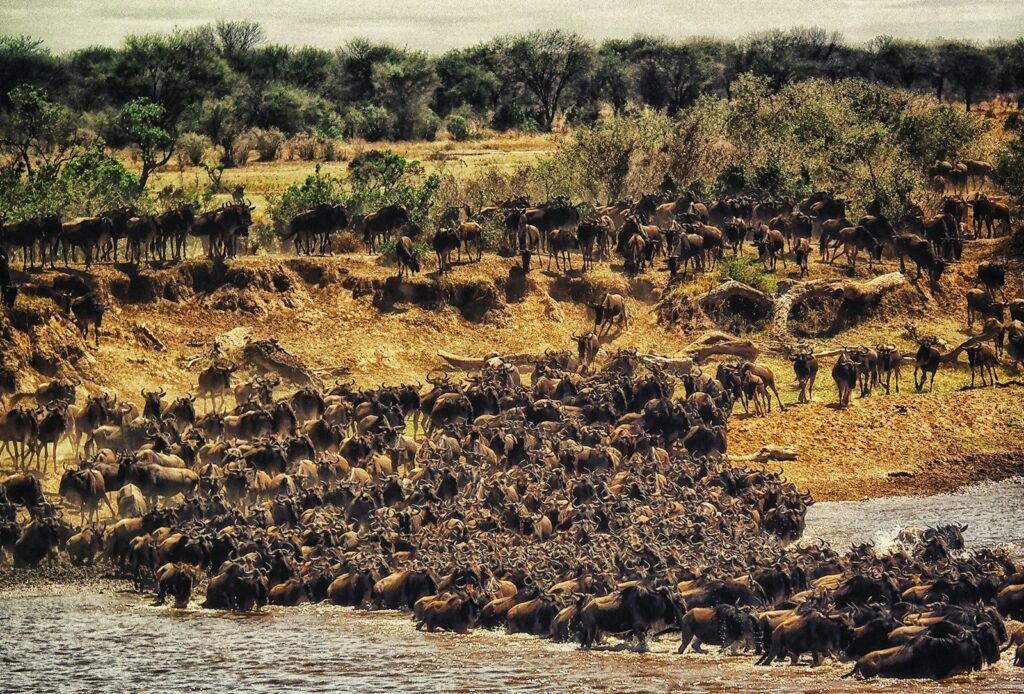Long before humans were arguing with their phones about the fastest route home, animals were quietly crisscrossing oceans, deserts, and continents with astonishing precision. A tiny songbird can travel thousands of miles at night and land within meters of its nesting site, while a sea turtle released far from shore still finds the exact beach where it once hatched. To us, this looks like magic, but scientists are slowly decoding the hidden systems guiding these journeys. What they are finding is not only surprising; it is forcing us to rethink what intelligence, memory, and even “sense of place” really mean in the animal world.
The Hidden Clues: Invisible Maps in the Natural World
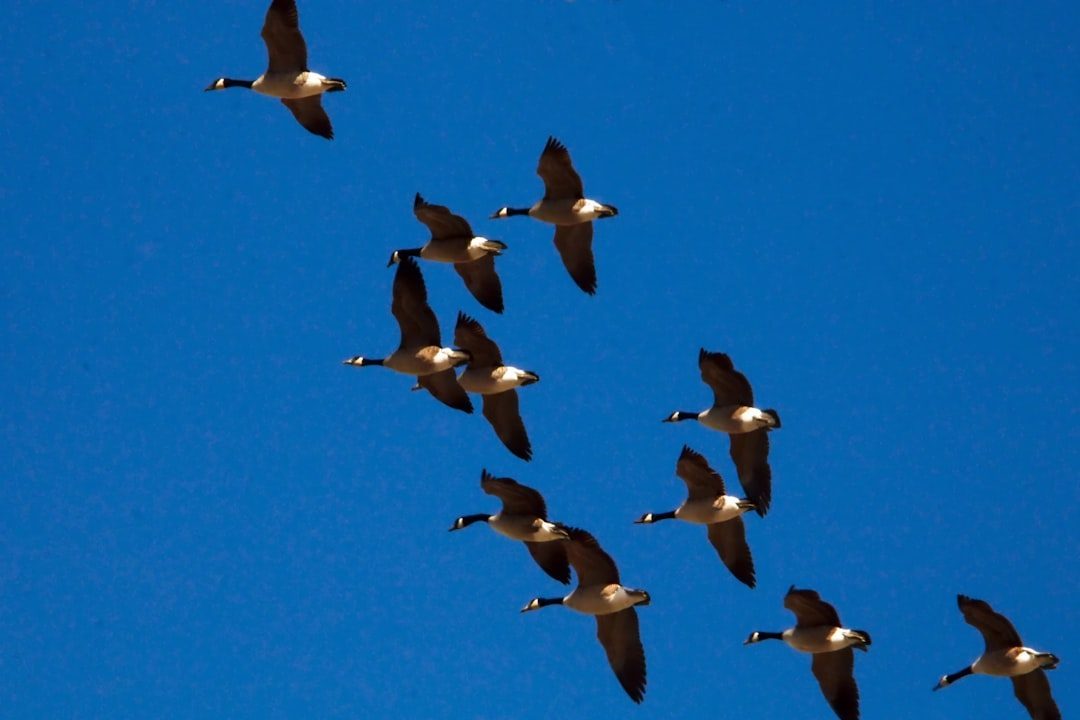
One of the most shocking discoveries about animal navigation is that many creatures appear to “see” things we cannot, building mental maps from invisible cues. Migratory birds, for instance, do not just rely on stars or landmarks; decades of experiments show they can detect Earth’s magnetic field, using it like a silent compass embedded in their bodies. Some evidence suggests iron-rich particles or light-sensitive molecules in their eyes help them sense magnetic direction, creating a kind of overlay on their vision. Imagine walking through your city and seeing a faint, constant arrow in the sky pointing north – that is roughly the kind of extra layer animals may have access to.
Other species combine this magnetic sense with smells, sounds, and even tiny changes in gravity to build multi-layered “cognitive maps.” Homing pigeons, for example, can memorize odor landscapes – patterns of smells that shift with wind and terrain – and use them to find the way home when visual cues are blocked. Salmon famously return from the open ocean to the same river where they were born, guided in part by the chemical fingerprint of their home stream. Instead of one map, animals appear to carry several overlapping ones, each based on a different sense, allowing them to navigate even when one system fails.
Starry Skies and Secret Compasses: Night Flyers and Ocean Wanderers
At night, when our own sense of direction tends to evaporate, many animals are just getting started. Young indigo buntings, a type of songbird, learn the position of the night sky by watching the apparent rotation of stars as they grow up, locking in the direction of the celestial pole as a rough guide to north. When researchers have rotated the star patterns in planetarium experiments, these birds literally change the direction they try to migrate, proving they are not just flying randomly into the dark. This is not an inherited map of specific constellations so much as a set of rules for using the sky itself as a compass.
Far below the surface, ocean wanderers face an even tougher problem: there are no obvious points of reference in the featureless blue. Yet leatherback turtles and other marine species complete massive migrations across entire ocean basins and still end up in the right feeding or nesting grounds. Studies show they use a combination of the sun’s position, ocean currents, and the global magnetic field to determine their latitude and longitude in a rough but surprisingly functional way. It is as if they are reading a constantly shifting, three-dimensional map made of light, water movement, and magnetism, all without a single screen in sight.
The Brain’s Internal GPS: How Memory and Maps Work Together
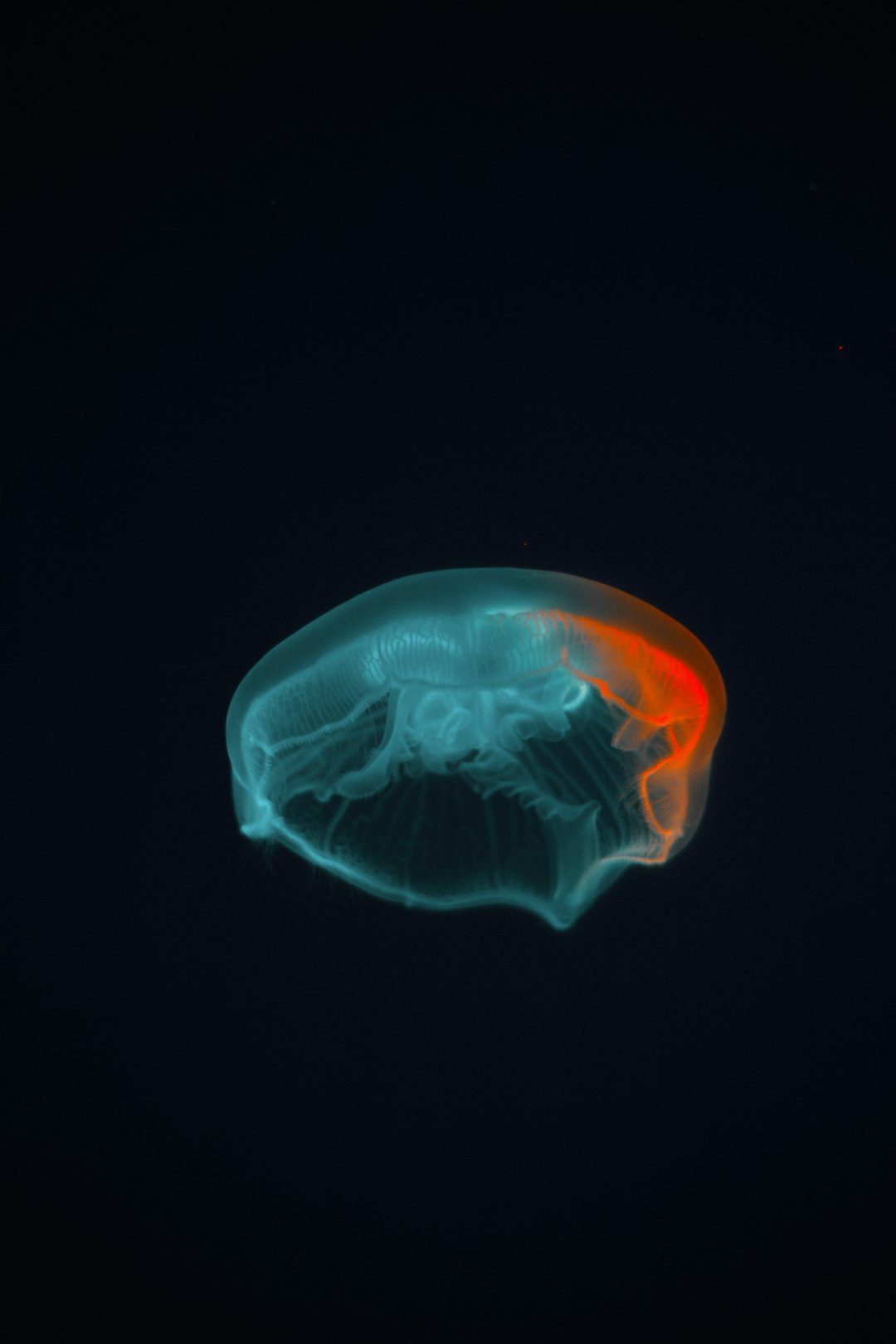
Some of the most exciting breakthroughs in animal navigation actually come from neuroscience, not fieldwork. In mammals like rats, bats, and humans, scientists have discovered specialized brain cells – often called “place cells” and “grid cells” – that fire in specific locations or patterns as an animal moves through space. These cells form an internal coordinate system, a mental grid that keeps track of where the body is relative to known landmarks. When a rat explores a maze, certain neurons activate only in particular spots, effectively tagging that location in its brain’s map.
There is growing evidence that other animals, from birds to insects, possess their own versions of such internal mapping systems, even if their brains look radically different. Desert ants, for example, can walk in a messy path away from their nest but then return in a straight line, suggesting they keep track of every twist and turn like a step-counting navigator. Bees perform complex “waggle dances” that encode distance and direction to food sources, sharing map-like information with their hive-mates. All of this points to a common idea: navigation is not just reflex or instinct, but a form of spatial thinking that blends memory, real-time signals, and built-in neural tools.
Microscopic Navigators: Ants, Bees, and Creatures Close to the Ground

It is tempting to assume that impressive navigation is a big-brain trick reserved for whales, birds, or primates, but some of the most precise pathfinding on Earth happens just a few centimeters above the ground. Desert ants living in harsh, featureless environments can leave their nests, wander in zigzags to search for food, and then walk almost directly back home, even when scientists move them or erase their scent trails. They do this using what researchers call path integration – constantly updating an internal estimate of the distance and direction traveled, much like a hiker tracking every step on a mental notepad. When they decide to return, they simply follow the reverse of that internal vector.
Honeybees, for their part, transform navigation into a kind of social code. A foraging bee that finds a rich patch of flowers returns and performs a waggle dance that communicates the angle of the food source relative to the sun and the approximate distance. Other bees can read this dance and fly off to the same location, even though they have never been there. This small-scale air traffic network, built through body language and shared orientation to the sun, rivals some human logistics systems in efficiency. It is a reminder that navigation is not only an individual skill but sometimes a collective one, distributed across a group.
Why It Matters: What Animal Navigation Reveals About Intelligence
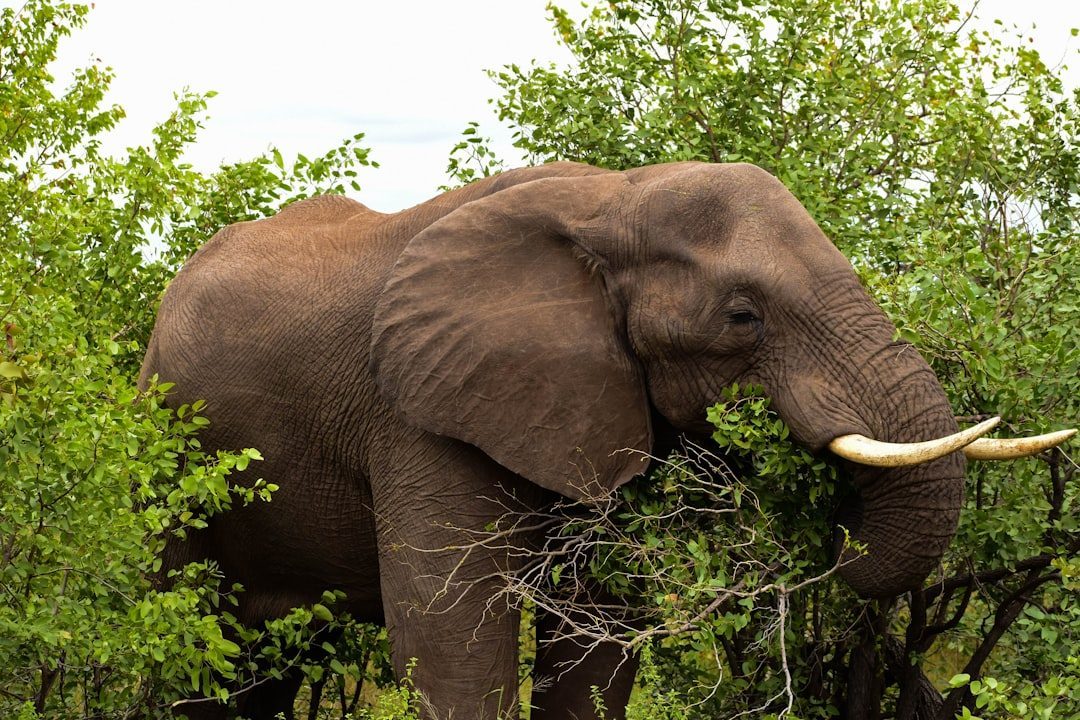
Understanding how animals navigate is not just about admiring cool tricks; it cuts to the heart of how we define intelligence and awareness. For a long time, animal navigation was dismissed as rigid instinct, as if creatures were following simple, pre-programmed rules without flexibility or learning. But experiments with birds, mammals, and insects show that many species can adapt when their usual cues are scrambled, switching from magnetism to stars, or from smell to visual landmarks, depending on what is available. That kind of flexibility looks much more like problem solving than blind reflex.
There is also a human angle: our own brains share some of the same navigation circuitry seen in other mammals, suggesting our map-reading talents did not appear out of nowhere. When we get lost in a new city and slowly build a sense of where things are, we are using mental tools that evolved for survival, not for subway systems. Studying animals that rely on these tools far more heavily than we do can help us understand conditions like disorientation, age-related memory loss, or damage to spatial regions of the brain. In a sense, every migrating bird or homing ant is a tiny, moving experiment in how minds make sense of space, and ignoring them would mean throwing away a vast natural archive of solutions.
When the World Changes: Light Pollution, Climate Shifts, and Urban Obstacles
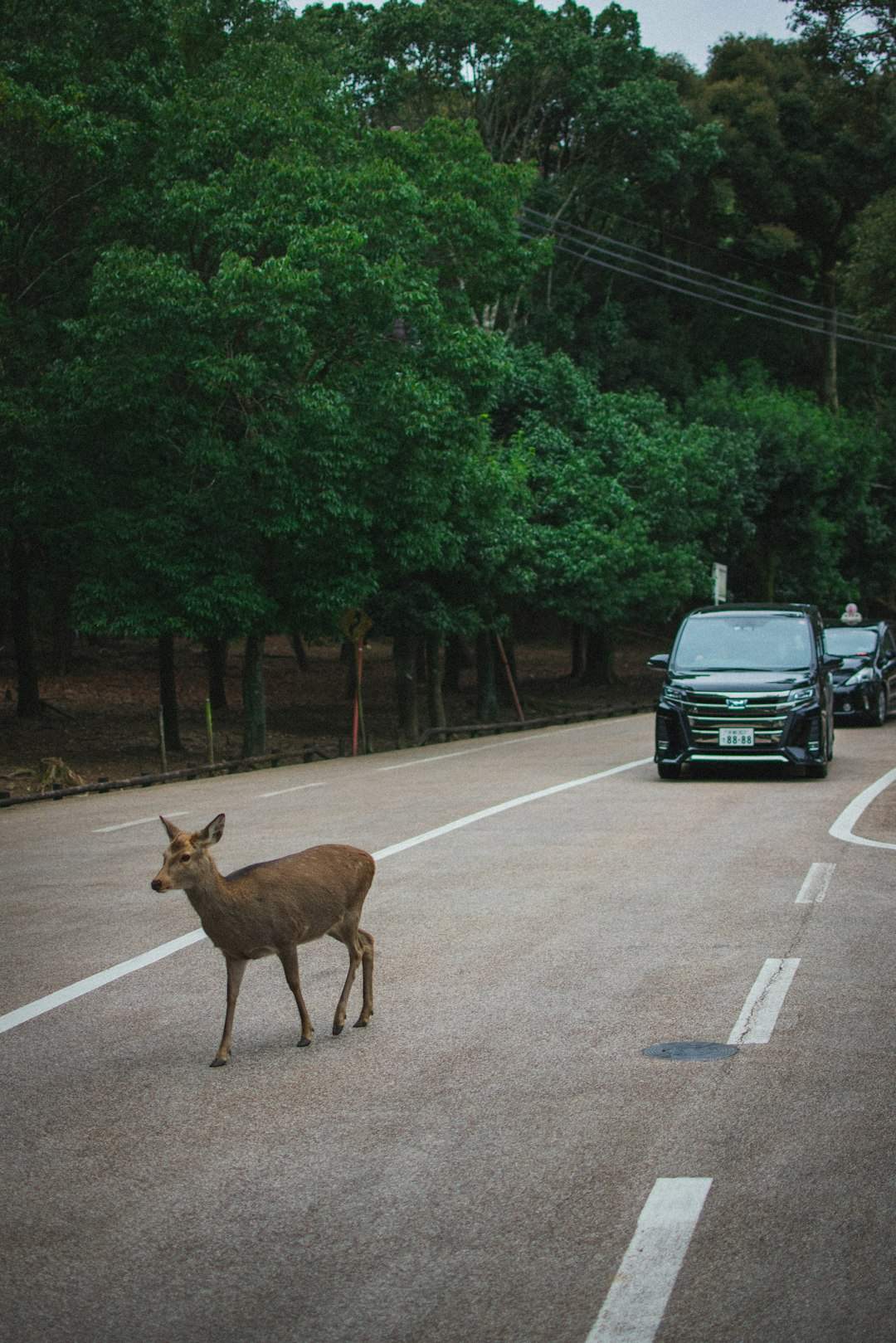
The natural navigation systems animals rely on evolved in a world without skyscrapers, bright city lights, or rapidly warming oceans, and that mismatch is starting to show. Many migratory birds are drawn off course by artificial lights, circling illuminated towers or cities until they exhaust themselves or collide with glass. Sea turtles, which once followed moonlit horizons to reach the ocean, can now be misled by shorefront lighting and end up crawling inland instead. Even modest changes in coastline shape or water temperature can disrupt the invisible cues animals expect to find on their journeys.
Climate change adds another layer of complexity, shifting wind patterns, ocean currents, and seasonal timing so that long-distance travelers may arrive in the wrong place at the wrong moment. A route that once led to abundant food might now end at an empty, overheated stopover site. Urban expansion and habitat fragmentation also create physical barriers that animals’ inherited maps did not anticipate. In effect, we are rapidly editing the maps that species have depended on for millennia, often without realizing that we are pulling the rug out from under behaviors that look simple but are anything but.
From Animal Instincts to Human Tech: What We Are Learning for Ourselves
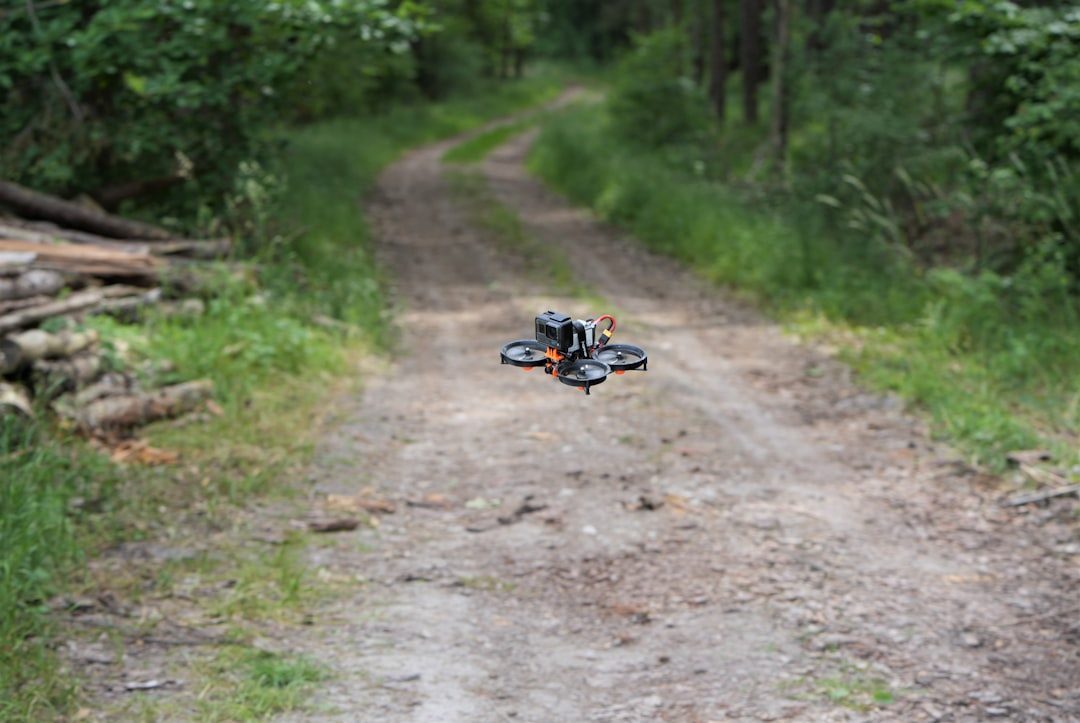
As strange as it sounds, animal navigation is quietly influencing how engineers and computer scientists think about our own technologies. Researchers studying desert ants have borrowed their path-integration strategies to design navigation algorithms for small robots that cannot rely on GPS indoors or underground. The idea is that if an ant with a brain smaller than a grain of sand can keep track of its route, then a robot packed with sensors should be able to as well, if it uses the right rules. Similarly, the way birds fuse multiple cues – magnetic, visual, and auditory – has inspired work on systems that blend data from many sources instead of trusting one fallible signal.
There are more philosophical lessons too. We often think of our satellite-based navigation systems as the pinnacle of wayfinding, but they are brittle: when the signal drops, many of us are hopeless. Animals show that robust navigation is redundant by design, with backup systems waiting in the wings. Studying these strategies could lead to smarter, more resilient navigation tools for everything from self-driving cars to planetary rovers. In a roundabout way, the goose flying over your highway might help shape the next generation of guidance systems that keep people safe on roads, in the air, and beyond Earth.
The Future Landscape: Tracking Migrations and Protecting Invisible Highways
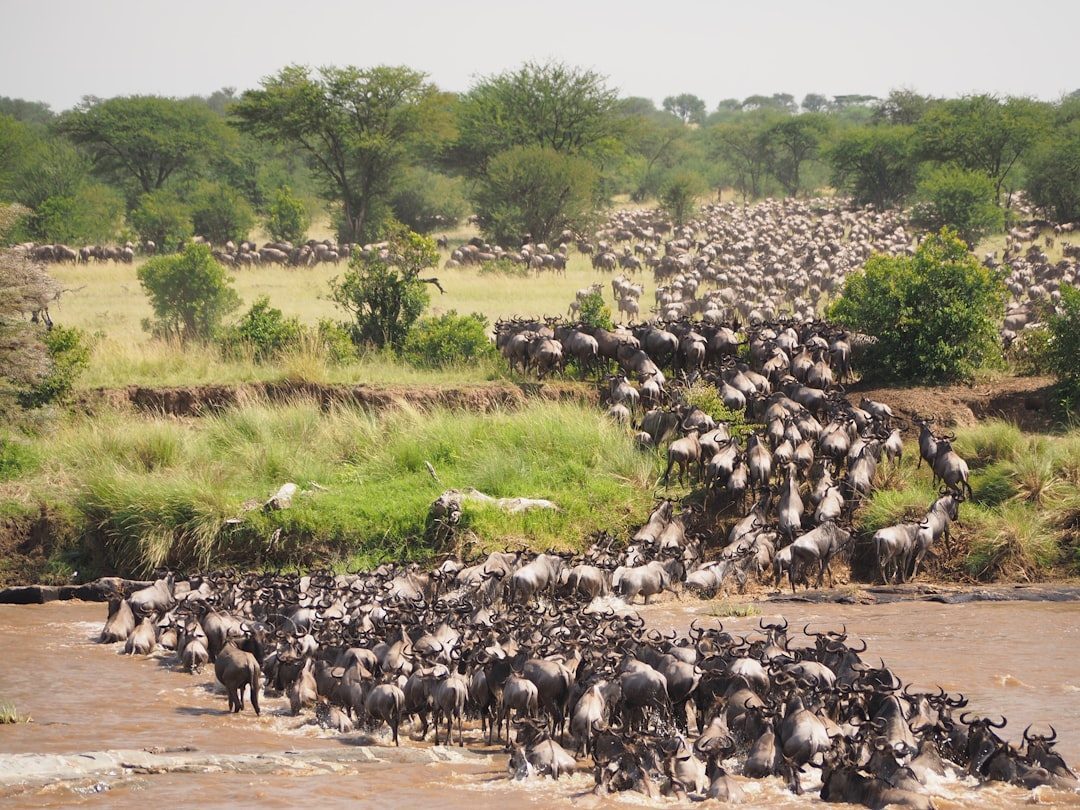
The next decade of navigation research will likely be driven by two forces pulling in opposite directions: exploding technological capability and shrinking natural habitats. On one hand, tiny tracking devices are getting light enough to put on small songbirds, butterflies, or even dragonflies without hampering their flight, revealing detailed routes that once seemed impossible to follow. Satellite networks and machine learning tools can now stitch together massive datasets on animal movements, showing global migration corridors like never before. On the other hand, many of those corridors are being squeezed by climate shifts, development, and pollution, which may force animals to rewrite their ancient routes on the fly.
Scientists are racing to understand not just where animals go, but how they decide where to go when their usual cues start to fail. Some projects are exploring whether wildlife crossings, dark-sky reserves, and restored wetlands can preserve or rebuild these invisible highways. Others are asking whether it is ethical or wise to use tools like sound lures or artificial lights to steer animals away from danger zones, effectively becoming co-pilots in their migrations. The outcome will shape not only which species survive but also how much of the planet’s living, moving memory of place we manage to keep intact.
What You Can Do: Paying Attention to the Journeys Above and Below
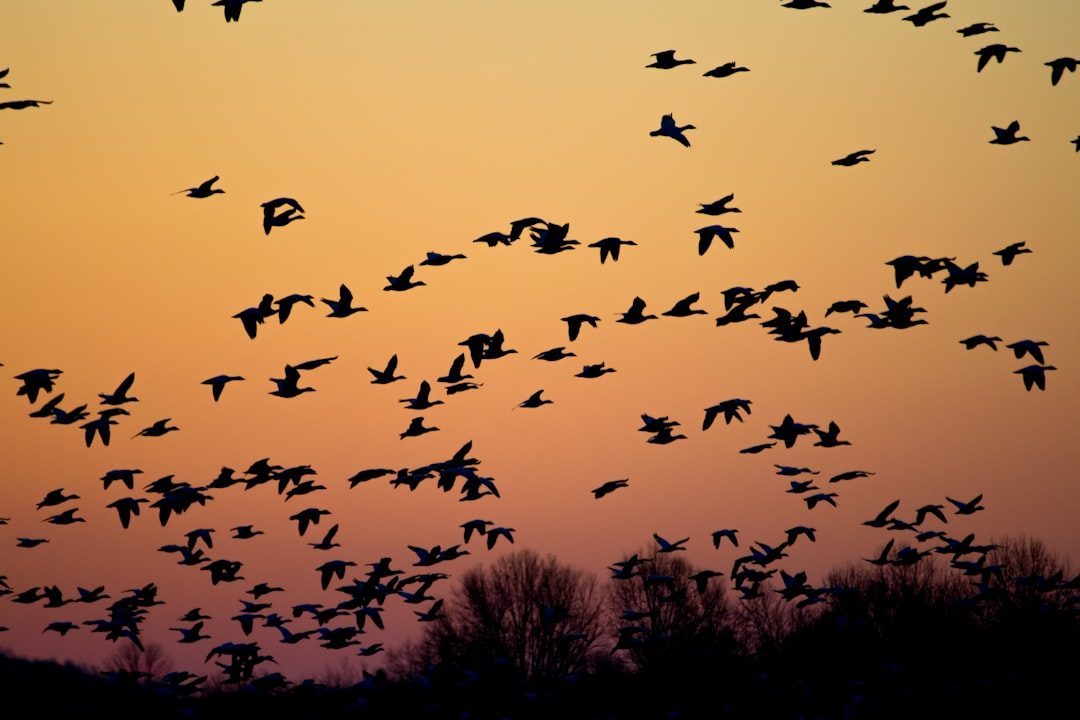
Supporting animal navigation may sound abstract, but it starts with surprisingly simple steps close to home. Reducing unnecessary outdoor lighting during peak migration seasons can prevent fatal collisions for birds passing over cities at night, and some communities are already adopting “lights out” campaigns. Keeping beaches dark and free of obstacles during turtle nesting seasons helps hatchlings follow the natural glow of the sky instead of being pulled toward parking lots or buildings. Even planting native flowers and avoiding pesticides in your yard can create small waypoints for pollinators, adding safe stops along their daily routes.
On a broader level, you can back organizations that fund migration research, habitat protection, and citizen science projects that track bird, butterfly, or bat movements. Joining a local bird count or logging butterfly sightings with your phone might feel trivial, but that data helps scientists map routes and detect when things are going wrong. Paying attention is its own kind of activism: once you start noticing who flies over your house at night, who returns to the same tree each spring, or who vanishes earlier each fall, navigation stops being an abstract marvel and becomes a story you are part of. The next time your GPS reroutes you, it is worth asking: how would you find the way if your only guides were stars, scents, and the faint pull of a planet’s magnetic heartbeat?

Suhail Ahmed is a passionate digital professional and nature enthusiast with over 8 years of experience in content strategy, SEO, web development, and digital operations. Alongside his freelance journey, Suhail actively contributes to nature and wildlife platforms like Discover Wildlife, where he channels his curiosity for the planet into engaging, educational storytelling.
With a strong background in managing digital ecosystems — from ecommerce stores and WordPress websites to social media and automation — Suhail merges technical precision with creative insight. His content reflects a rare balance: SEO-friendly yet deeply human, data-informed yet emotionally resonant.
Driven by a love for discovery and storytelling, Suhail believes in using digital platforms to amplify causes that matter — especially those protecting Earth’s biodiversity and inspiring sustainable living. Whether he’s managing online projects or crafting wildlife content, his goal remains the same: to inform, inspire, and leave a positive digital footprint.

